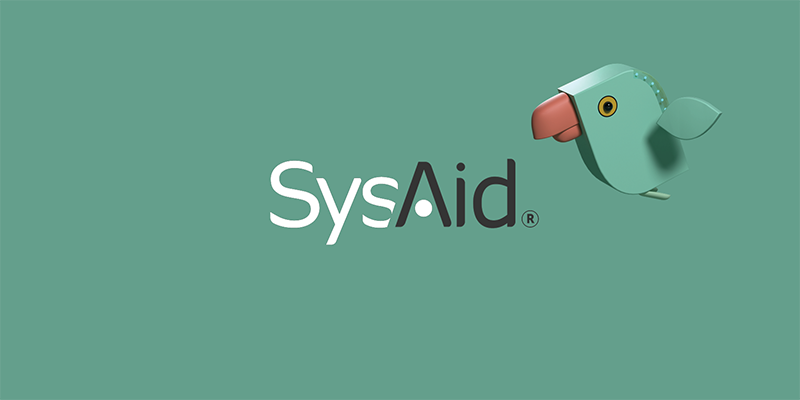Five Reasons Why You Need to Embrace Virtualization

Though many leading economists across the globe agree that the economy is indeed recovering, albeit slowly, many business owners may still feel otherwise. In fact, companies across all verticals are tightening their belts as they navigate today’s still reeling economic climate. In addition to smart spending, many IT decision makers are implementing technology solutions designed to increase operational efficiencies while reducing costs.
One such solution is virtualization, the process in which virtual versions of infrastructure and hardware, operating systems, computer networks and more are used in data centers instead of physical equipment. Virtualization allows companies to realize substantial operational efficiencies that simply aren’t possible when using only physical equipment. It provides companies a variety of benefits, including the following five:
- Lowered energy consumption: Virtualization allows companies to consolidate their physical servers by migrating them to virtual versions. Whereas physical servers, generally speaking, never run at maximum capacity, virtual machines can be fully optimized, allowing companies to only use the resources they need. Anyone who has been inside a data center knows how loud and cool such environments can be. Virtualization frees companies from having to spend lots of money on the costs associated with energy and keeping equipment that cool—something especially attractive in an era of rising utility bills.
- Reduced expenditures: In addition to the aforementioned cost savings, businesses that choose to virtualize their data centers are able to operate in the same capacity with far less equipment, such as network gear, servers and numbers of racks needed. Less equipment means businesses can get by with less physical space in the data center. That means more room is freed up at offices that have data centers on-premises, and for those businesses that collocate, less room is required to be rented.
- Quicker server provisioning: In today’s fast-paced business world, the needs of a company can change on a dime. In the past, when new servers were required, businesses had to fill out orders and subsequently wait for equipment to be shipped before provisioning it. Thanks to virtualization, however, new servers can be provisioned in a matter of minutes, granting companies the ability to deploy resources in an elastic fashion when demand dictates.
- Increased uptime: While not uncommon—recent research indicates that 73% of businesses have experienced unplanned outages over the last five years—unexpected downtime can be crippling for any business. In fact, downtime can cost small- to medium-sized businesses an average of $12,500 per hour. When factoring in organizations of all sizes, that number balloons to $212,100 per hour. Some of the features of virtualization include fault tolerance, high availability and storage migration, which allow virtual machines to quickly recover from downtime or avoid getting knocked offline altogether. Additionally, virtual machines can be shifted from one physical server to another in minutes, liberating businesses from worrying about enduring extended unplanned downtime. And that’s of the utmost importance, as 87% of businesses that can’t access their data for more than a week close their doors within a year.
- Fortified disaster recovery: With the cost of downtime fresh in your mind, it’s important to realize that when disaster does occur, virtualization allow companies to get back online faster. Businesses that virtualize free themselves from hardware lock-in, meaning less-expensive hardware can be installed at the disaster recovery site as it’s rarely used. Additionally, because less space is required to store equipment, companies are able to create a smaller backup location than in the case of a business relying solely on physical machines. Lastly, most virtualization solutions are equipped with failover software that is automatically triggered in the event systems go down. Many of them are testable solutions that allow owners to see beforehand if their disaster recovery solutions are indeed working rather than having to hope for the best should they face such a situation.
The benefits of virtualization don’t end there. Companies that leverage the technology are also putting themselves in the best position to prepare for a migration to the cloud as they become increasingly familiar with running networks that no one is able to physically touch in the office. As more businesses realize the power the cloud provides and migrate computing resources there, moving forward with virtualization becomes that much more sensible.
Please share your thoughts in the comments or on Twitter or Facebook where we are always listening.
Did you find this interesting?Share it with others:
Did you find this interesting? Share it with others:








